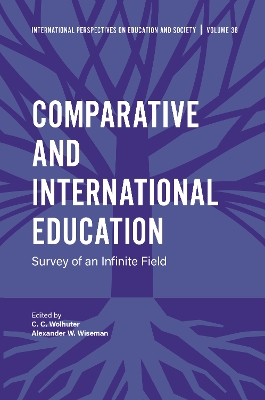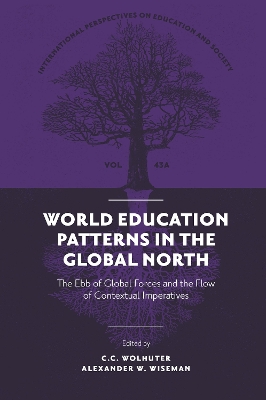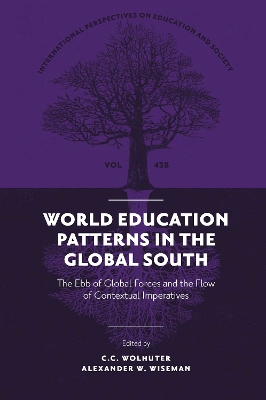International Perspectives on Education and Society
2 primary works • 4 total works
Book 21
Development of Higher Education in Africa
by Alexander W. Wiseman and C. C. Wolhuter
Book 36
This book explores the evolution and current state of the scholarly field of comparative and international education over 200 years of development. Experts in the field explore comparative and international education in each of the major world regions including Latin America, North America, Western Europe, Eastern Europe, the Middle East-North Africa, Oceania, South Asia, South-East and East Asia, and Sub-Saharan Africa.
Illuminating studies conducted in the fields of higher education, teacher education, vocational education, and peace education shed light on the rise of global testing culture and take a closer look at the history of the region in relation to educational practice.
This important text is the first to respond to the challenges currently facing comparative education on a multi-national scale and will prove invaluable for researchers in the field of global education.
Comparative and International Education is a dynamic and growing field facing extraordinary challenges in every corner of the world. World Education Patterns in the Global North surveys the educational responses and new educational landscapes being developed as a consequence of powerful global forces demanding change within the Global North’s educational contexts, including North America, Central and South-East Europe, and East Asia,
These forces include the ecological crisis, the population explosion, the changing nature of work, the rise of knowledge economies, economic internationalism, the Fourth Industrial Revolution, the technology revolution, changing social relations, the empowerment of minority interest groups, the rise of multicultural societies, the diminishing stature of the nation-state, and the rise of supra-national and international political structures.
Comparative and International Education is a dynamic and growing field facing extraordinary challenges in every corner of the world. World Education Patterns in the Global South surveys the educational responses and new educational landscapes being developed as a consequence of the powerful global forces that are demanding change within the Global South’s educational contexts, including Central and South-East Asia, Latin America, and the Caribbean,.
These forces include urbanisation in the Global South, the rise of the informal economic sector in the Global South, the changing presence of religion, the Creed of Human Rights, democratisation, and the rise of supranational and international political structures on the one hand and, on the other, sub-national and decentralised structures.



